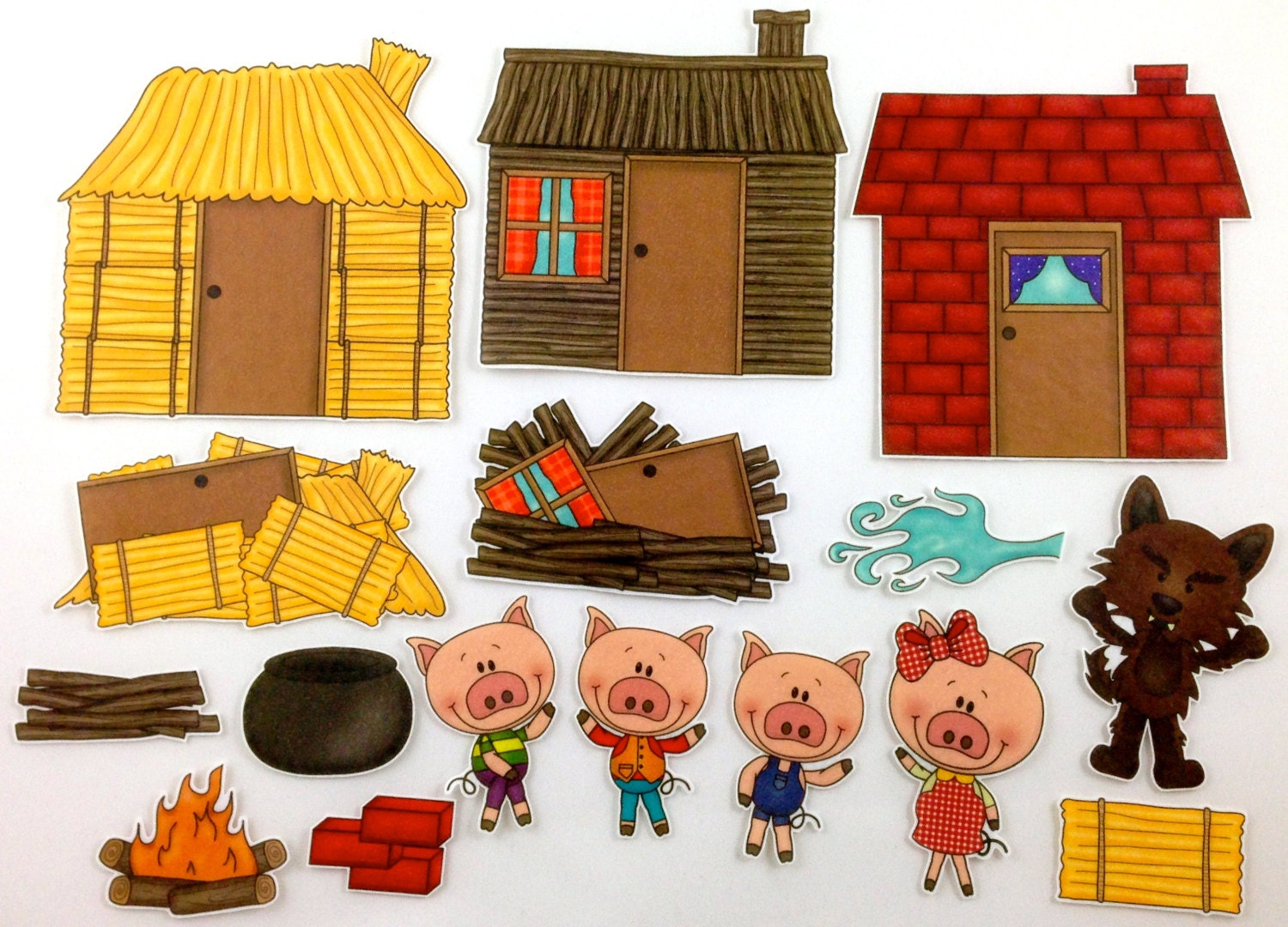This month we are going to learn about Christmas.
Christmas is the day when we celebrate the birth of Baby Jesus.
We will learn the Nativity story and discuss the love we should spread throughout the Christmas season and all through the year.
We will also discuss about Santa and his elves building our toys and checking the list to see that we were good children this year.
There are also the reindeers that with magic on Christmas night will fly high in the sky carrying Santa on his sleigh all around the world to give the presents to all the good girls and boys.
Santa will then go down the chimneys or through the windows when we are fast asleep....
and put our lovely present underneath our Christmas tree!

























